RBI puts up Working Paper on Natural Interest Rate: Assessing the Stance of India's Monetary Policy under Uncertainty
Updated: Oct 14, 2015 05:05:18pm
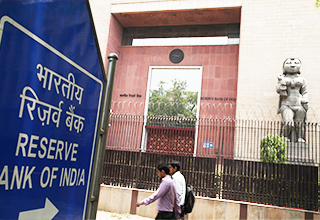
Mumbai, Oct 14 (KNN) The Reserve Bank of India today placed on its website a Working Paper titled Natural Interest Rate: Assessing the Stance of India’s Monetary Policy under Uncertainty.
The Paper is co-authored by Harendra Kumar Behera, Sitikantha Pattanaik and Rajesh Kavediya.
“The conduct of monetary policy has to often contend with uncertainties surrounding the evolution of the natural interest rate over time. The appropriateness of a monetary policy stance relative to its stated ultimate goals is commonly assessed by comparing the nominal policy interest rate against a Taylor type rule guided interest rate path,” said RBI.
This, however, implicitly assumes the underlying natural interest rate as constant, the RBI added.
The paper uses a theoretical framework that combines the essence of Ramsay’s growth model and the New-Keynesian macro-dynamics, and application of the Kalman filter estimation technique. The paper finds that India’s natural real interest rate in Q4 of 2014-15 was in a range of 0.6 per cent to 3.1 per cent, even though core estimates point to a narrower range of 1.6 per cent to 1.8 per cent.
The evolution of the natural rate is primarily conditioned by structural determinants such as productivity, population growth and saving rate (or households’ time preference). Over time, however, empirical literature points to the role of other determinants, including fiscal/ financial/ structural/ institutional reforms. The natural rate can change when the underlying determinants change.
Among all possible determinants, some may be more permanent and others transitory, and importantly, some factors that just work towards pushing the actual real rates away from the natural rate may be wrongly viewed as determinants. Realistic assessment of the natural rate amid heightened uncertainty, therefore, would continue to be a major challenge for monetary policy, said RBI.
Other major findings of the paper are - the estimated natural interest rate in India is time-varying, as in other advanced and emerging economies; the estimated natural interest rate has declined after the global crisis; the estimates are highly sensitive to the choice of methodology, the measure of inflation expectations (both ex-ante and ex-post) used for deflating the nominal interest rate, and the nature of other data used in the model; the real interest rate gap (i.e., the real policy rate minus the estimated time varying natural rate) remained negative for a major part of the last decade, indicating that monetary policy stance of the Reserve Bank was largely accommodative rather than anti-inflationary; and the real interest rate gap has almost closed and turned marginally positive since the second half of 2014-15. When projected inflation remains above the inflation target, the real interest rate gap must remain positive, notwithstanding uncertainty associated with the precise estimation of the level of natural interest rate at any point in time. (KNN Bureau)

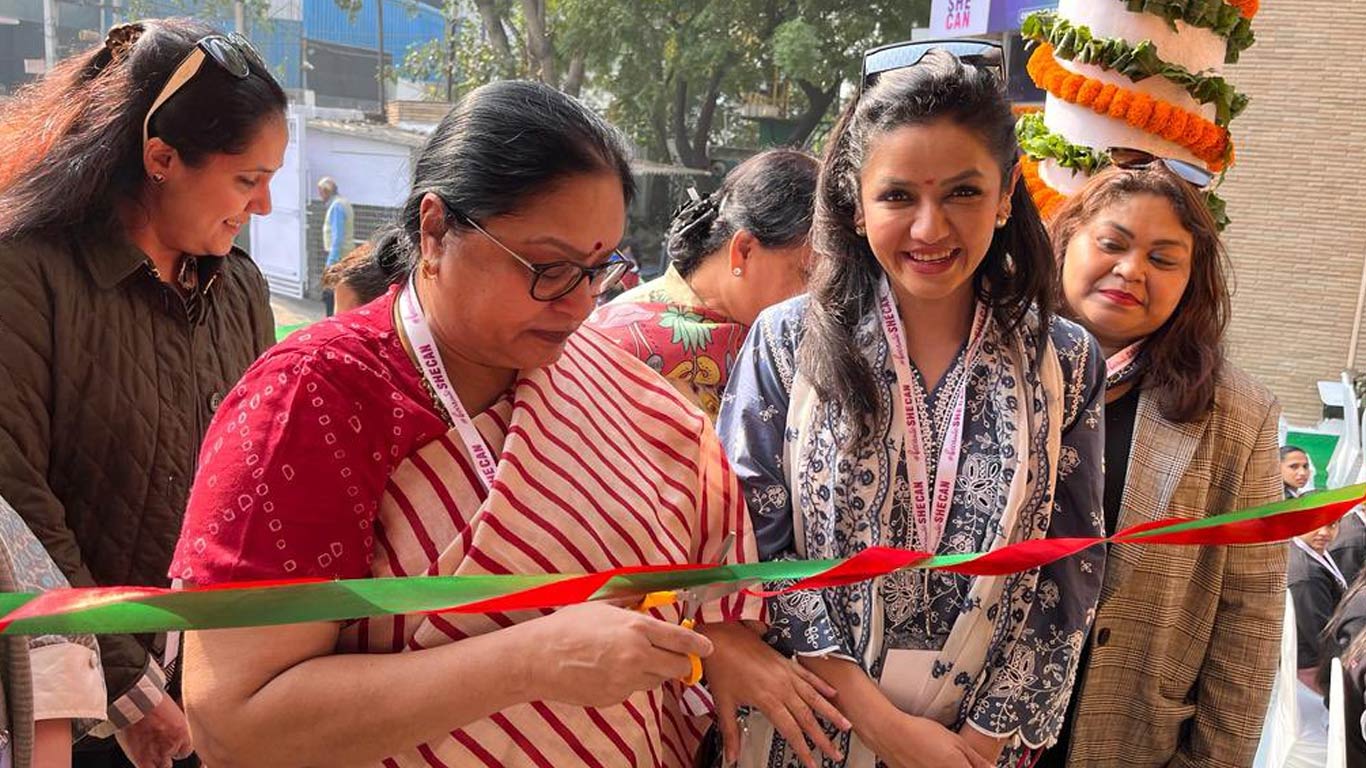
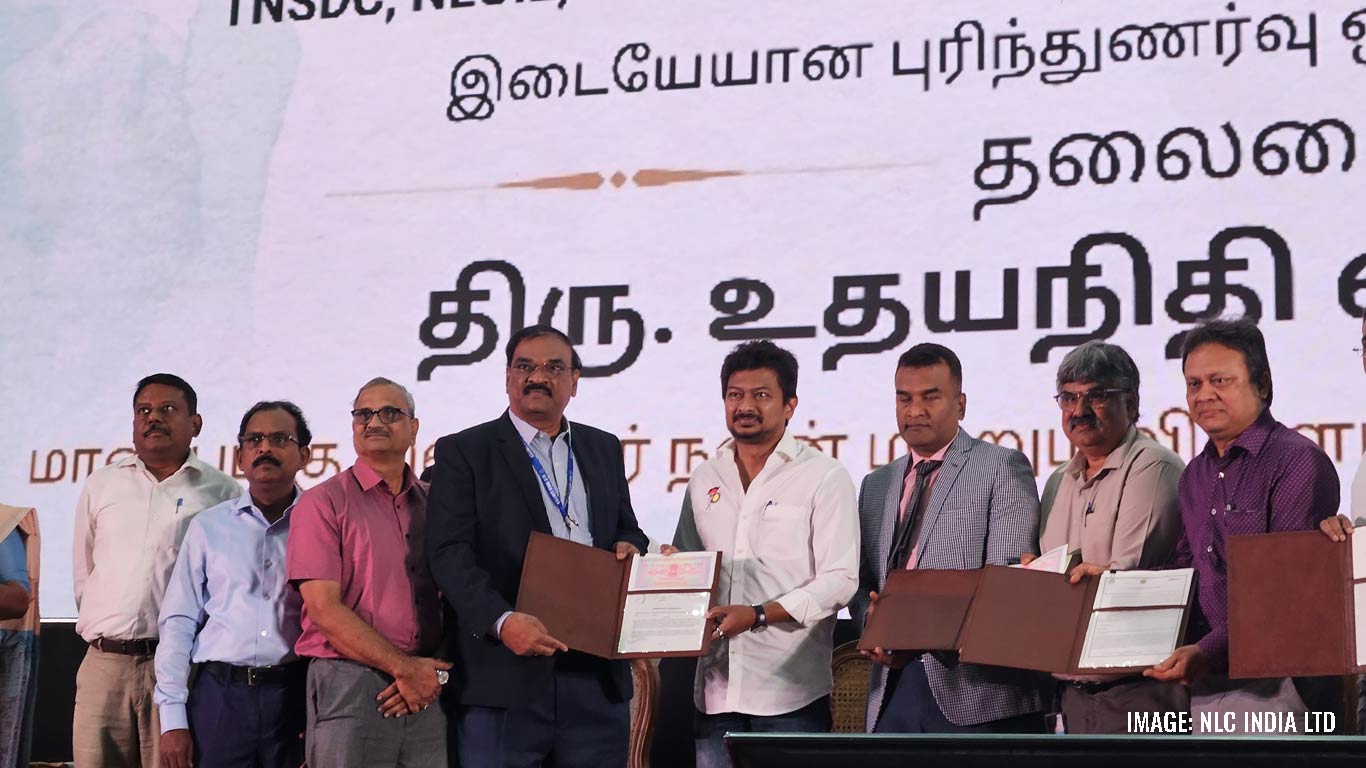

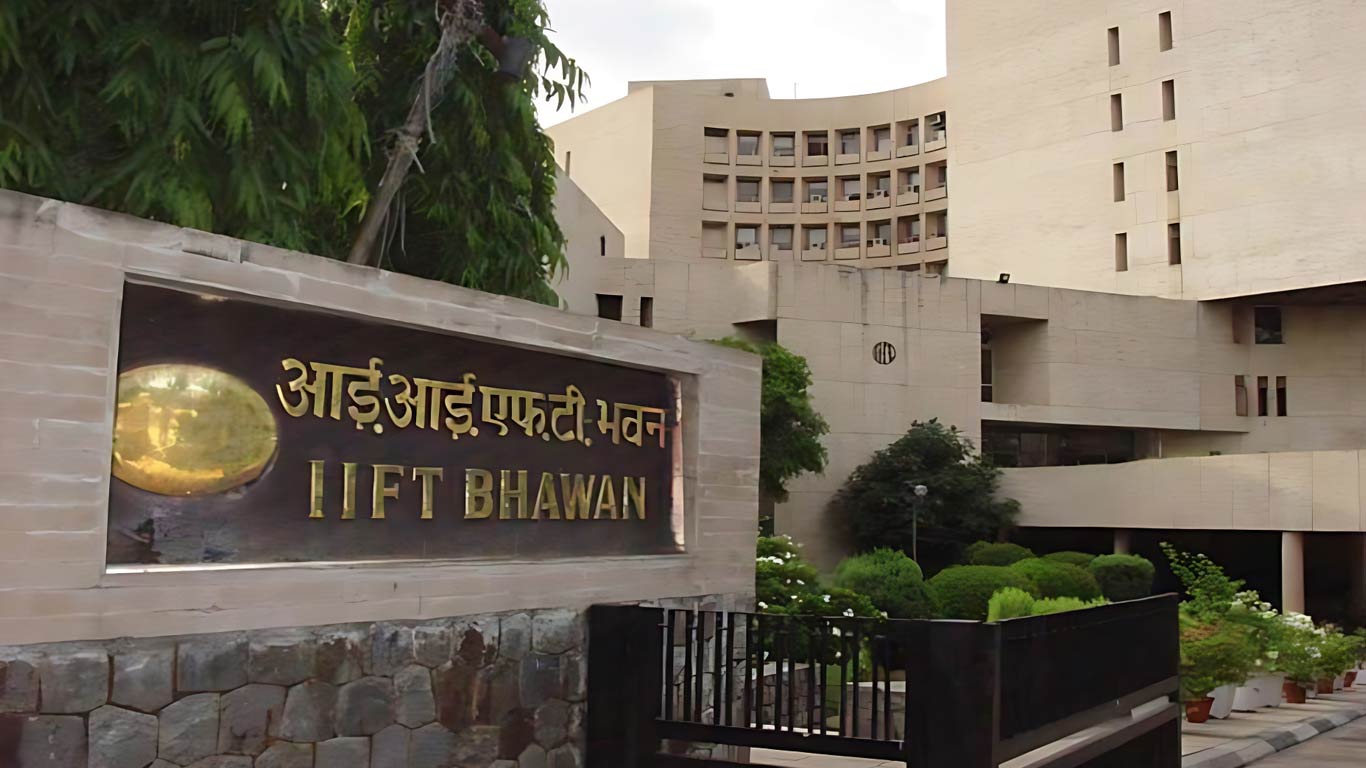
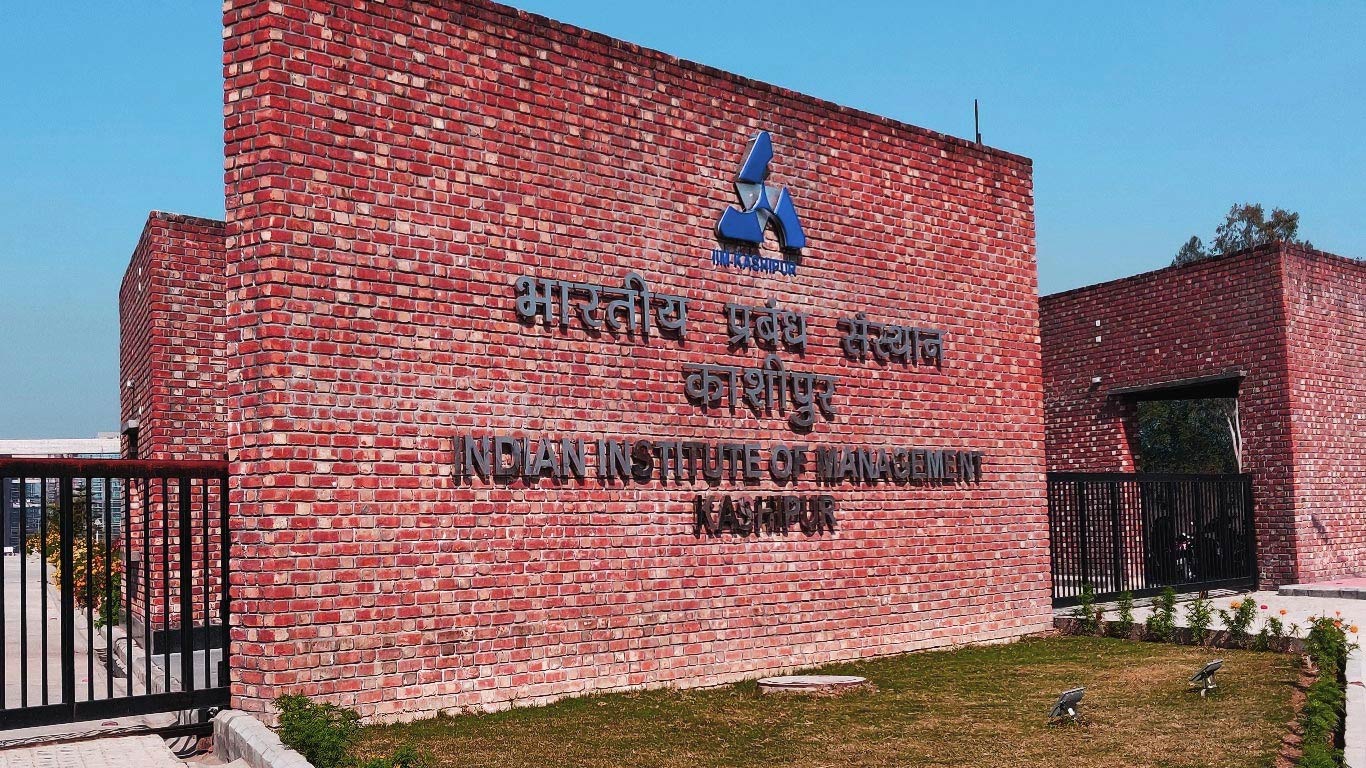





